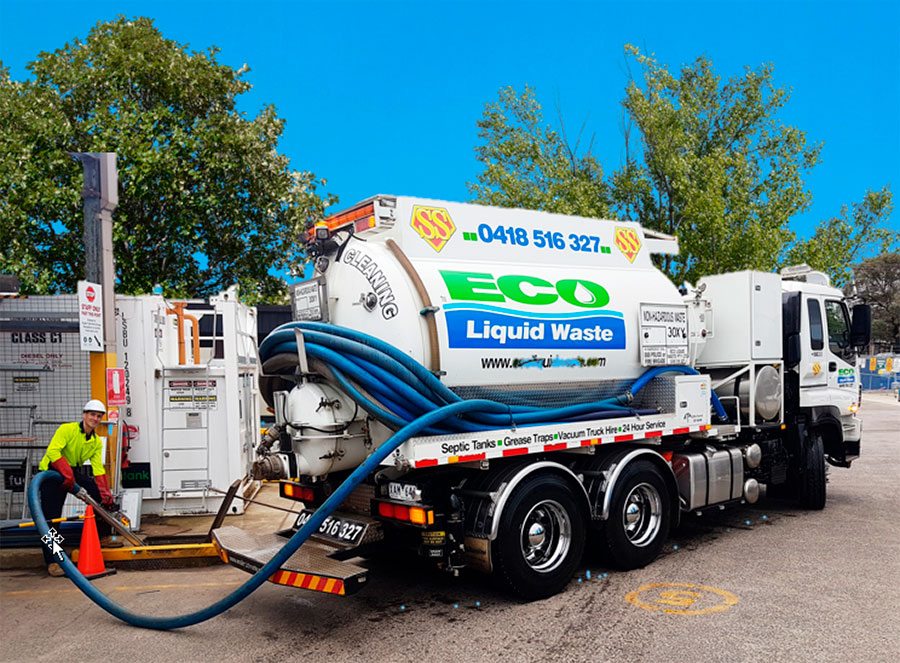Reclaim Waste Things To Know Before You Get This
Wiki Article
Examine This Report on Reclaim Waste
Table of Contents3 Easy Facts About Reclaim Waste ExplainedReclaim Waste - An OverviewThe Only Guide for Reclaim WasteThe 7-Minute Rule for Reclaim WasteReclaim Waste - Questions
Domestic sewer waste refers to the waste and items from a domestic septic container. The proper monitoring and disposal of domestic sewage waste require liquid waste to be moved to a sewage treatment plant where the appropriate techniques and equipment are used to purify and dispose of waste.
Industrial waste often includes prospective dangers, such as combustible products or a mix of liquid and solid waste products, and requires an extra sophisticated and in-depth disposal process. The disposal of commercial waste usually entails the filtration of waste prior to transportation to make certain risk-free and correct disposal. Industrial waste is produced from results and drainage of industrial procedures and production.
This kind of waste can not utilize the exact same sewage management transportation or procedures as septic or commercial liquids. The hazardous waste management procedure needs the examination and screening of fluid waste prior to it undergoes the disposal process (liquid waste removal melbourne). Drainage waste is the fluid waste that comes from runoff and excess stormwater in very booming locations or cities
Runoff waste can trigger contamination and flooding if not managed correctly. Ensuring appropriate waste administration can prevent disasters and decrease environmental harm.
The 9-Minute Rule for Reclaim Waste
Get in touch with PROS Services today to discover about our waste management and disposal solutions and the appropriate ways to look after the fluid waste you create.(https://www.tripadvisor.in/Profile/reclaimwaste1)Do you recognize what occurs to your water when you disengage, purge the commode or drain pipes the cleaning device? No? Well, it's worth understanding. This so-called 'wastewater' is not only a vital source however, after therapy, will certainly be launched to our land, rivers or the ocean. Made use of water from bathrooms, showers, bathrooms, kitchen area sinks, washings and industrial procedures is called wastewater.

water utilized to cool machinery or clean plant and tools). Stormwater, a form of wastewater, is runoff that streams from agricultural and urban areas such as roof coverings, parks, yards, roads, courses and gutters right into stormwater drains, after rain. Stormwater streams neglected straight to regional creeks or rivers, ultimately reaching the sea.
Reclaim Waste Fundamentals Explained
In Queensland, the majority of wastewater is dealt with at sewage therapy plants. Wastewater is moved from residential or industrial sites via a system of sewers and pump stations, referred to as sewerage reticulation, to a sewage treatment plant. Local federal governments develop, preserve and operate most sewer treatment plants. Operators are accredited under the Environmental Management Act 1994 to release treated wastewater at an appropriate ecological criterion into waterways.The Division of Natural Resources suggests city governments concerning managing, operating and maintaining sewage systems and therapy plants. In unsewered areas, city governments might call for owners to mount individual or house sewage therapy systems to treat residential wastewater from commodes, cooking areas, bathrooms and laundries. The Department of Natural Resources authorizes using household systems when they are confirmed to be efficient.
Many stormwater obtains no therapy. In some brand-new class, treatment of some stormwater to remove clutter, sand and gravel has begun making use of gross pollutant traps. Wastewater treatment occurs in four stages: Removes solid matter. Bigger solids, such as plastics and various other objects wrongly discharged to sewage systems, are removed when wastewater is travelled through displays.
Utilizes little living microorganisms knows as micro-organisms to break down and eliminate remaining dissolved wastes and great particles. Micro-organisms and wastes are integrated in the sludge.
Unknown Facts About Reclaim Waste
Nutrient elimination is not offered in any way sewer treatment plants since it calls for costly specialized devices. It is ending up being a lot more usual in Queensland. Clear fluid effluent generated after therapy may click to investigate still have disease-causing micro-organisms. If this effluent is released into waterways such as rivers or the sea, the micro-organisms will ultimately pass away out.
Most wastewater moves right into the sewerage system. Under the Act, neighborhood federal governments administer approvals and permits for ecologically relevant tasks (Periods) including wastewater releases that may have a neighborhood influence.
The 10-Minute Rule for Reclaim Waste
Otherwise, examples are considered research laboratory evaluation. Typically several examinations are needed to develop the degrees of each of the various pollutants such as oils, heavy metals and pesticides in water. Monitoring supplies valid details regarding water top quality and can validate that licence problems are being fulfilled. The details gotten with monitoring provides the basis for making water quality decisions.Report this wiki page